A look at a celebrated TV show: born of a book title, movie and earlier TV show of the same name, after the jump ……
Etched into the conscience of many film and TV viewers of the post-war era was this famous end-line ………..
There are eight million stories ….in the naked city ….. this has been one of them.
…. and what preceded those words were a film and TV show in which – for the first time – law enforcement personnel were shown not as by-the-book automatons, but instead as flawed flesh-and-blood human beings.
The phrase had its antecedent in a 1945 book of gritty, street photos of Gotham by the freelance photographer Arthur Fellig (1899-1968) – known by his nickname Weegie – that sought to portray a panoply of images that were often not pretty. The real star of the book was New York City.
This led to a 1948 film entitled The Naked City – from a screenplay by Malvin Wald – that was shot entirely on location in New York. And the gritty attitude was maintained, as the story involved the murder of a model (by knocking her out with chloroform, strangling her, and then drowning her in a bathtub). It was produced by Mark Hellinger (whose name graced a major New York theater for over forty years) and was directed by Jules Dassin (1911-2008) – a soon-to-be-blacklisted filmmaker who had to move to Europe to extend his career. Starring Howard Duff and Barry Fitzgerald, the film won Oscars for cinematography and another for film editing and in 2007: The Naked City was selected for preservation in the United States National Film Registry by the Library of Congress as being “culturally, historically, or aesthetically significant”.
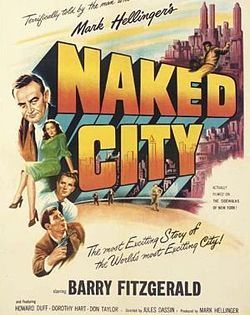
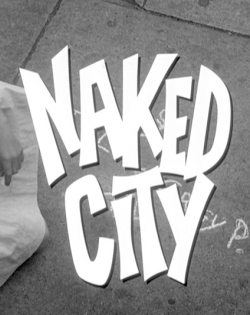
Ten years later in 1958 a TV series began, and like the movie: was filmed entirely in the streets and buildings of New York City. The show was created by the prolific writer Stirling Silliphant (photo left below) – who also created the TV show Route 66 and wrote screenplays for the films “The Towering Inferno”, “The Poseidon Adventure” and also “In the Heat of the Night”, which won him an Oscar. Music was scored by Billy May – whose song “Somewhere in the Night” was the theme song for part of the show’s tenure.

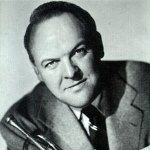
From 1958-1959, the show was a half-hour, dramatic “semi-documentary” starring John McIntire and James Franciscus. After 39 episodes, ABC cancelled the series.
However, the show’s sponsor (Brown and Williamson) along with Silliphant and producer Herbert Leonard, successfully lobbied ABC to give the show another chance: this time, with a somewhat re-tooled cast plus an hour-long format – and this version (which I came to enjoy decades after it left the airwaves) is the one most people remember, debuting in the autumn of 1960 (with the image above right its opening).
Replacing Franciscus was a thirty-four year-old New Orleans native named Paul Burke – portraying an idealistic NYC police detective named Adam Flint – who in one episode was asked what he would be doing if not in police work … and replied that he would be a college professor. He carried forward that attitude into his work, becoming involved in the lives of those his work brought him in contact with (often to the chagrin of his grizzled lieutenant) and earned two Emmy nominations for his role.
Paul Burke went on to star in the hit TV series Twelve O’Clock High and had an active film career (with supporting roles in “Valley of the Dolls” and “The Thomas Crown Affair”) and many roles on TV, including the short-lived Canadian series Hot Shots in 1986. Paul Burke died in 2009 at the age of 83.
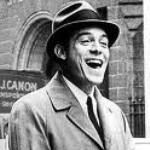

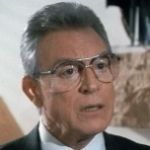
Portraying his aspiring stage actor girlfriend Libby was Nancy Malone – who is still alive at the age of 78. She also starred in the soap opera The Guiding Light and later made her mark behind the camera. She was the first female vice-president of television at 20th Century Fox, directed episodes of “Judging Amy”, “Star Trek: Voyager”, “Melrose Place” and “Touched by an Angel”, and won a Crystal Award – honoring women in entertainment management.
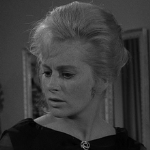

Reprising his role (in the 1958-1959 series) as the older, mellow Sgt. Frank Arcaro was the veteran actor Harry Bellaver – known for his Broadway roles as Chief Sitting Bull in “Annie Get Your Gun”, the coach in “That Championship Season”, and in the 1978 film Blue Collar starring Richard Pryor. Harry Bellaver died in August, 1993 at the age of eighty-eight.
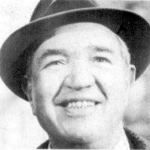
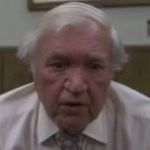
Supervising both detectives Flint and Arcaro was the grizzled police lieutenant Mike Parker, portrayed by Horace McMahon – who, interestingly, did not get the acting bug until he was a law student at Fordham University. His most prominent roles had come earlier in his career (often portraying street punks, photo below left) until his break-out role in Detective Story – both on Broadway, and in film (opposite Kirk Douglas). Horace McMahon died in August, 1971 at the age of 64.
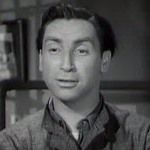
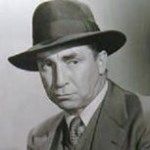
The show ran for ninety-nine episodes (over three seasons), yet mysteriously cancelled in 1963: though the show was still drawing high ratings. One episode from June, 1961 – entitled Sweet Prince of Delancey Street and starring a young Robert Morse and Dustin Hoffman – was ranked #93 on TV Guide’s 100 Greatest Episodes of All Time in 1997.
And that was part of the appeal of the show: seeing veteran stars in guest roles, and up-and-coming actors yet to make their mark. In the first category were: Lee J. Cobb, George C. Scott, Walter Matthau, Jack Warden, Eli Wallach, Viveca Lindfors, Claude Rains, Burgess Meredith, Mickey Rooney, Martin Balsam, Harry Guardino, Aldo Ray and Keenan Wynn.
Younger actors seen include: Robert Duvall, Telly Savalas, David Janssen, Jack Klugman, Peter Falk, Cicely Tyson, James Caan, Ed Asner, Gene Hackman, James Coburn, Alan Alda, Tuesday Weld, Carroll O’Connor, Jean Stapleton, Jack Lord, Martin Sheen, Robert Redford, Peter Fonda, Bruce Dern, Diane Ladd, Dennis Hopper, Sylvia Miles, Sandy Dennis, William Shatner and Christopher Walken. At this episode guide you’ll see even more names.
While such Jack Webb properties as “Dragnet” and “Adam 12” became the norm for police dramas later in the 60’s: I really think that The Naked City was the prototype for such later shows as “Hill Street Blues” with its interpersonal stories as important as the street action. Admittedly, New York in the early 1960’s “Mad Men” era was quite buttoned-down compared to twenty years later.
Yet if you have access on your cable system to Retro TV – where I’ve had the chance to catch-up on episodes over the past few years – I think you’ll see that its values skipped a generation.
I’ll close with a short video of the end titles of a 1962 episode, with a side note on the show’s famous closing:
There are eight million stories ….in the naked city ….. this has been one of them.
It was not until the 2000 Census – over fifty years after the 1948 film – that the population of New York City officially reached 8 million people.